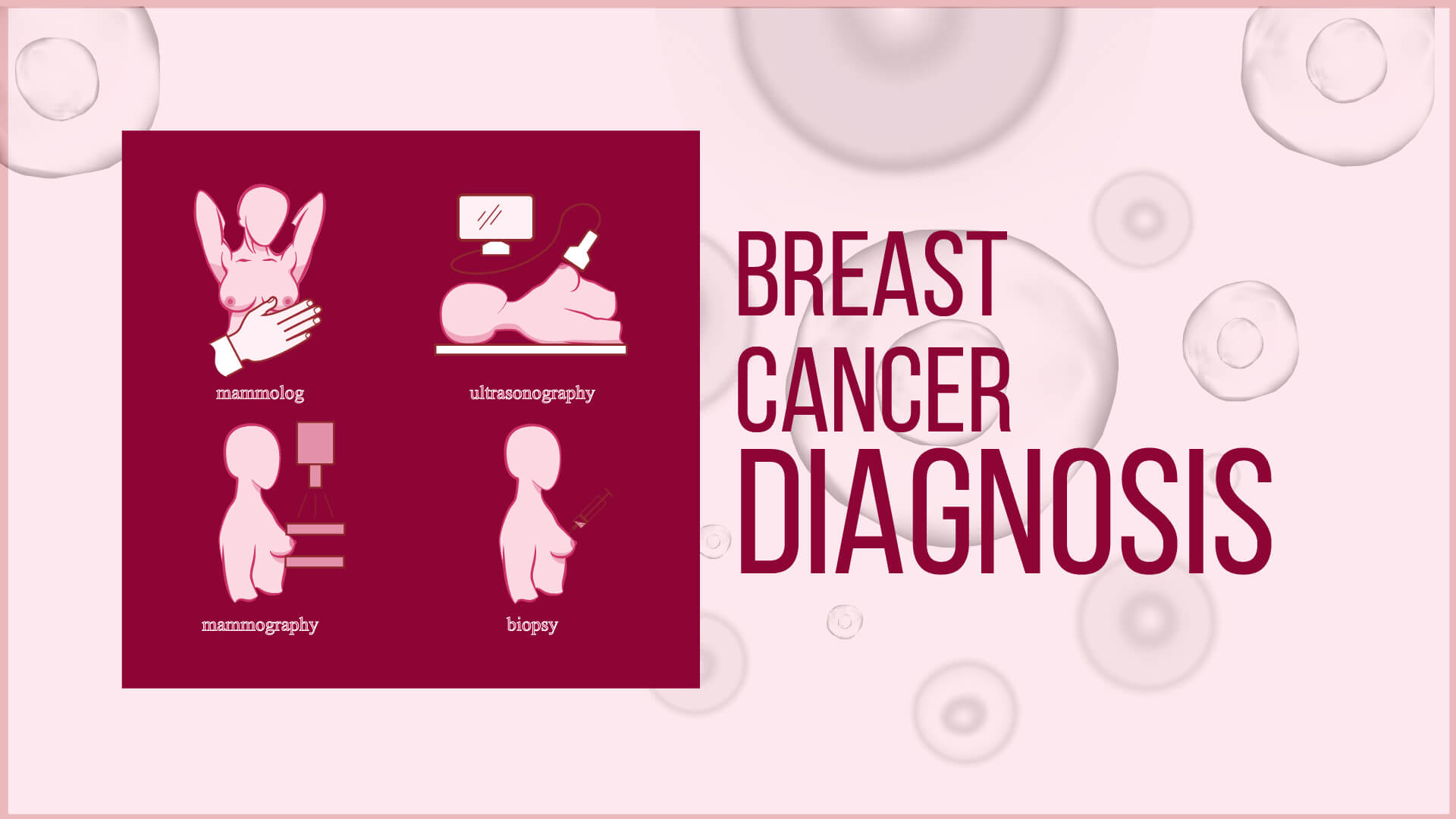
Understanding a Diagnosis
Your doctor says the words, “You have breast cancer” and suddenly, everything around you stop. Your doctor may have continued to speak, but chances are you could not digest this information at the time or did not fully comprehend everything that was said. To really understand your diagnosis and treatment options, you have to learn about the many factors that are taken into account, such as: tumor type, lymph node status, and staging.
Although breast cancer is often referred to as one disease, there are actually many different types of breast cancer. All breast cancers start in the breast, so they are alike in some ways, but they differ in others. They can be non-invasive or invasive. And, the tumor cells can vary in location (ducts or lobules), as well as how they appear under a microscope. These differences often affect prognosis.
If a biopsy detects breast cancer, more tests will be done on the tumor, and lymph nodes would be removed during surgery, to help determine your prognosis and guide your treatment.
Biopsies
In many cases, breast cancer can be ruled out with a diagnostic mammogram, breast ultrasound or breast MRI. However, if cancer can’t be ruled out, then a biopsy will be required.
A biopsy involves removing cells or tissue from the suspicious area of the breast. The cells or tissue are studied under a microscope to see if they look like cancer.
If you need to have a biopsy, don’t panic. Having a biopsy can be scary, but keep in mind that most breast biopsies do not show cancer. Still, a biopsy is needed to know if something is cancerous or not.
If breast cancer is detected, it can be treated. When breast cancer is found early, the chances for survival are highest.




